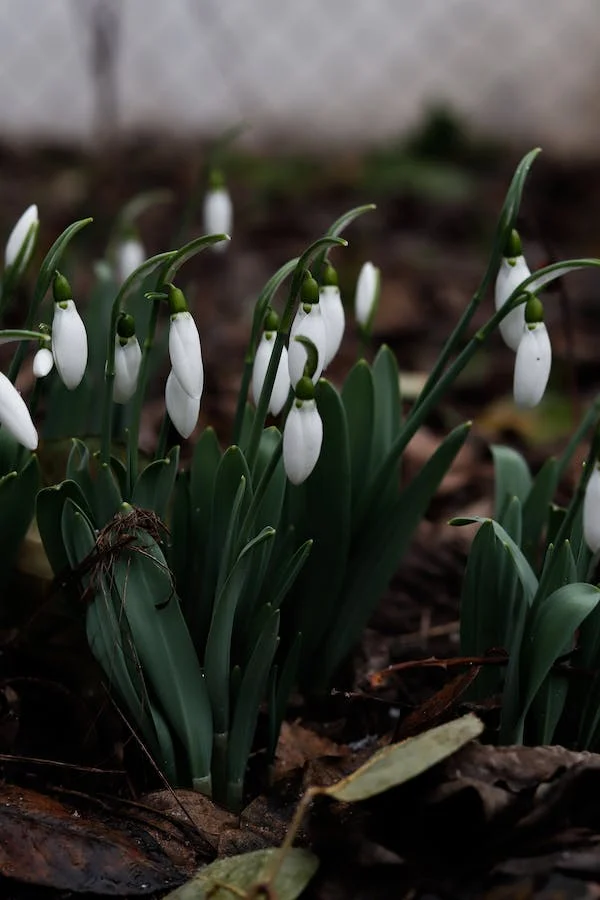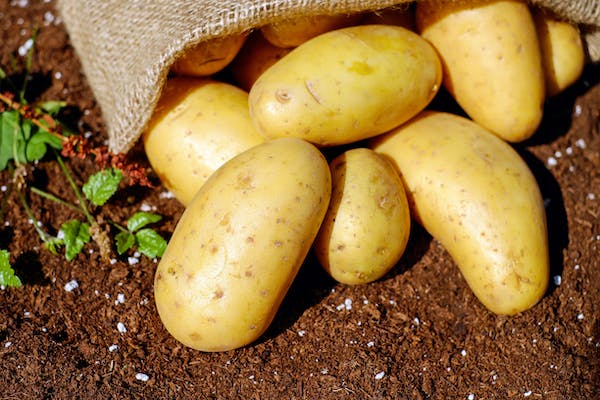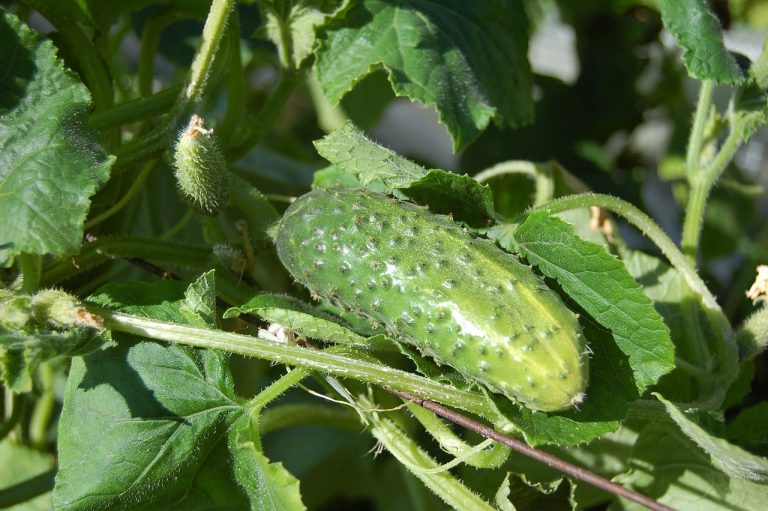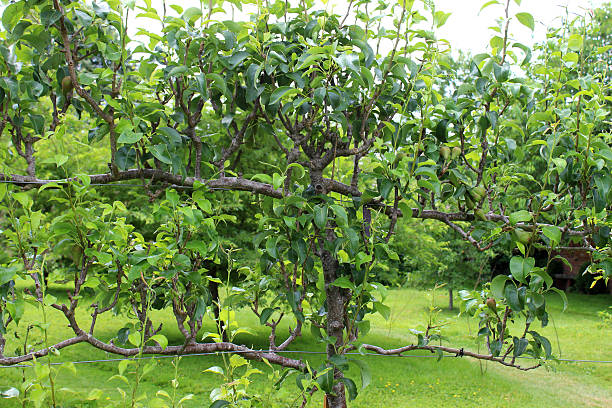What Does Blight Look Like on Potatoes? 10 best preventive steps
When the nefarious Potato Blight descends upon your once-thriving spud patch, it doesn’t arrive with a trumpet fanfare or dramatic lightning strikes. Instead, it stealthily weaves its sinister tale of decay.
Potato blight is a destructive disease that can spread rapidly, especially in rainy and humid conditions.
What Does Blight Look Like on Potatoes?
Potato Blight appears as dark, water-soaked lesions on the leaves and stems. The fungus responsible for Potato Blight is called Phytophthora infestans. This notorious pathogen is infamous for its devastating impact on potato crops.
Picture it as nature’s elusive artistry, painting a dark and eerie portrait of your once-vibrant potato plants. But fret not! In this captivating journey, we unveil the cryptic visage of blight on potatoes, exposing its subtle yet devastating fingerprints that no tuber tamer can afford to miss

What is potato blight?
Potato Blight is a potato pandemic caused by the fiendish Phytophthora infestans, turning spuds into mush during rainy UK seasons.
Historically, it wrought havoc during the Irish Potato Famine of 1845-1852, leading to widespread starvation and mass migration. This catastrophic event forever etched the horrors of Potato Blight into history books.
Thrives in the cool, damp seasons of late summer and early autumn. Moderate temperatures and high humidity create the perfect breeding ground for this silent potato assassin.
The UK’s spud-slaying spree is often fueled by the nation’s notoriously rainy weather, striking fear into farmers’ hearts. The persistent moisture in the air and the frequent rainfall create a hostile environment where Potato Blight thrives.
The battle against Potato Blight continues, with modern agriculture employing strategies like crop rotation and the use of resistant potato varieties to protect our beloved potatoes!
10 best preventive steps How to stop potato blight?
Choose Resistant Varieties:
Opt for blight-resistant potato varieties. They may not be completely immune, but they can withstand the disease better.
Crop Rotation:
Avoid planting potatoes in the same spot every year. Crop rotation disrupts the disease cycle.
Space Your Plants:
Plant your potato crops with ample spacing to improve air circulation and reduce humidity around the plants.
Healthy Soil:
Maintain well-drained, healthy soil. Proper soil conditions can deter the disease.
Fungicides:
Consider using fungicides, but use them sparingly and follow instructions carefully.
Timely Harvest:
Harvest your potatoes as soon as they mature to prevent infection from spreading to healthy tubers.
Remove Infected Foliage:
If you spot signs of blight, remove infected foliage immediately to slow its progression.
Good Garden Hygiene:
Clean up any plant debris and tubers left in the ground after harvest to prevent the overwintering of the pathogen.
Monitor Weather:
Keep an eye on weather forecasts, especially during wet and humid periods, as these are prime times for blight. Be prepared to take action if needed.
Stay Informed:
Stay informed about the latest developments in potato blight management and adjust your strategies accordingly.
Identifying potato blight symptoms
Dark Spots on Leaves:
Look for dark, irregularly shaped spots on the leaves, usually starting from the edges. These spots can appear brown, purple, or black.
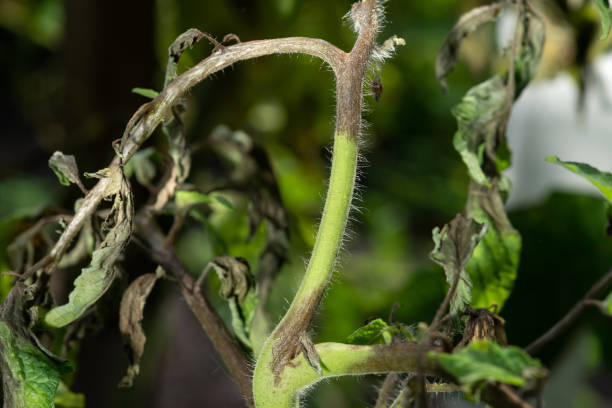
White Fuzzy Growth:
Under humid conditions, you might notice a white, cottony growth on the undersides of infected leaves. This is the fungus spreading its mischief.
Rapid Leaf Wilt:
Infected leaves will quickly wither and die, starting from the lower parts of the plant and moving upward.
Stem Infection:
Potato stems can also be affected. Observe dark lesions and cankers on the stems, which may eventually girdle and kill the plant.
Blackened Tubers:
When the infection is severe, it can spread to the potato tubers. Infected tubers develop dark, irregular, and sunken areas that rot easily.
Musty Odor:
A musty, unpleasant odour may emanate from infected tubers.
Quick Spread:
Potato Blight can spread rapidly, especially during wet and humid weather.
Treating potato blight
Chemical Treatments:
When the wicked Potato Blight strikes, chemical defences are at your disposal:
Fungicides, the Blight Busters:
Employ these specialized warriors to combat Phytophthora infestans. Copper-based fungicides are the frontline soldiers, ready to halt the disease’s advance.
Shield with Protective Sprays:
Launch preemptive strikes! Spray fungicides before Blight strikes, especially during the treacherous rainy seasons. Follow their battle plans to the letter!
Systemic Fungicides, The Infiltrators:
These undercover agents are absorbed by the plant, offering extended protection. But wield them wisely to avoid resistance.
Organic Treatments:
For eco-warriors and organic growers, natural strategies are at your command:
Baking Soda Magic:
Mix baking soda with water to conjure a magical potion (1-2 tablespoons per gallon) that makes the soil inhospitable for Blight.
Copper Guardians:
Copper-based fungicides approved for organic warfare can slow down the enemy. Abide by organic rules when deploying them.
Neem Oil, Nature’s Shield:
Call upon Neem oil, a guardian of plant health and enemy repellent.
Garden Harmony:
Embrace the ancient art of good garden chi! Proper spacing, soil love, and crop rotation can build a fortress against the Blight’s siege.
Preventing potato blight:
Early Potatoes:
Launch a preemptive strike by planting early potatoes! They mature before the Blight’s prime season, reducing the risk of infection. Your spuds will be safe and sound.
Blight-Resistant Varieties:
Recruit the elite soldiers of your potato army – blight-resistant varieties. They’re like spud superheroes, capable of withstanding the Blight’s onslaught. Choose them wisely!
Good Garden Hygiene:
Maintain impeccable garden hygiene. Clean up plant debris and infected foliage promptly. Remove any rogue tubers left in the ground after harvest. By keeping your garden spic and span, you deny the Blight its hiding spots.
FAQs about “What does Blight look like on potatoes
What exactly is Potato Blight?
Potato Blight, scientifically known as Phytophthora infestans, is a destructive plant disease that affects potatoes and tomatoes. It manifests as dark lesions on the leaves, stems, and even the tubers themselves.
What do the early signs of Potato Blight look like?
Early signs include the appearance of small, dark, and irregularly shaped spots on the leaves. These spots may have a brown, purple, or black hue.
Does Potato Blight affect only the leaves?
No, it can also infect the stems, causing dark lesions and cankers. In severe cases, the disease can spread to the potato tubers, leading to rotting.
Is there a specific season when Potato Blight is more likely to occur?
Yes, Potato Blight thrives in cool, wet conditions. With their high humidity and frequent rainfall, late summer and early autumn are prime times for the disease to strike.
What should I do if I suspect Potato Blight in my garden?
Act quickly! Remove and destroy infected plant material, including leaves and stems. Properly dispose of it to prevent further spread. Consider using fungicides as a preventive measure if the weather is conducive to Blight.
Can I eat potatoes that have been affected by Potato Blight?
It’s not advisable. Blighted potatoes can be toxic and should be discarded. Always prioritize the safety of your harvest.
Are there any potato varieties resistant to Potato Blight?
Yes, there are blight-resistant potato varieties available. Planting these can reduce the risk of infection, but vigilance is still essential.
Can organic methods help prevent Potato Blight?
Absolutely! Organic strategies include using baking soda sprays, copper-based fungicides, and maintaining good garden hygiene. These can be effective in preventing and managing Potato Blight.
Conclusion:
In the quest to decode the enigmatic appearance of blight on potatoes, we’ve ventured into the shadowy realms of plant pathology. From those ominous dark spots on leaves to the eerie cottony fuzz beneath, we’ve unravelled the telltale signs of this ruthless potato plunderer.
Remember, swift detection and decisive action are your allies in the battle against this formidable foe. Armed with knowledge, you’re equipped to safeguard your potato bounty from the clutches of the notorious Potato Blight, ensuring that your spuds remain strong, healthy, and ready to grace your dinner table.


